An index that estimates insulin resistance using your fasting glucose and insulin.
Securely stored in EU
Cancel anytime
Test 100+ biomarkers
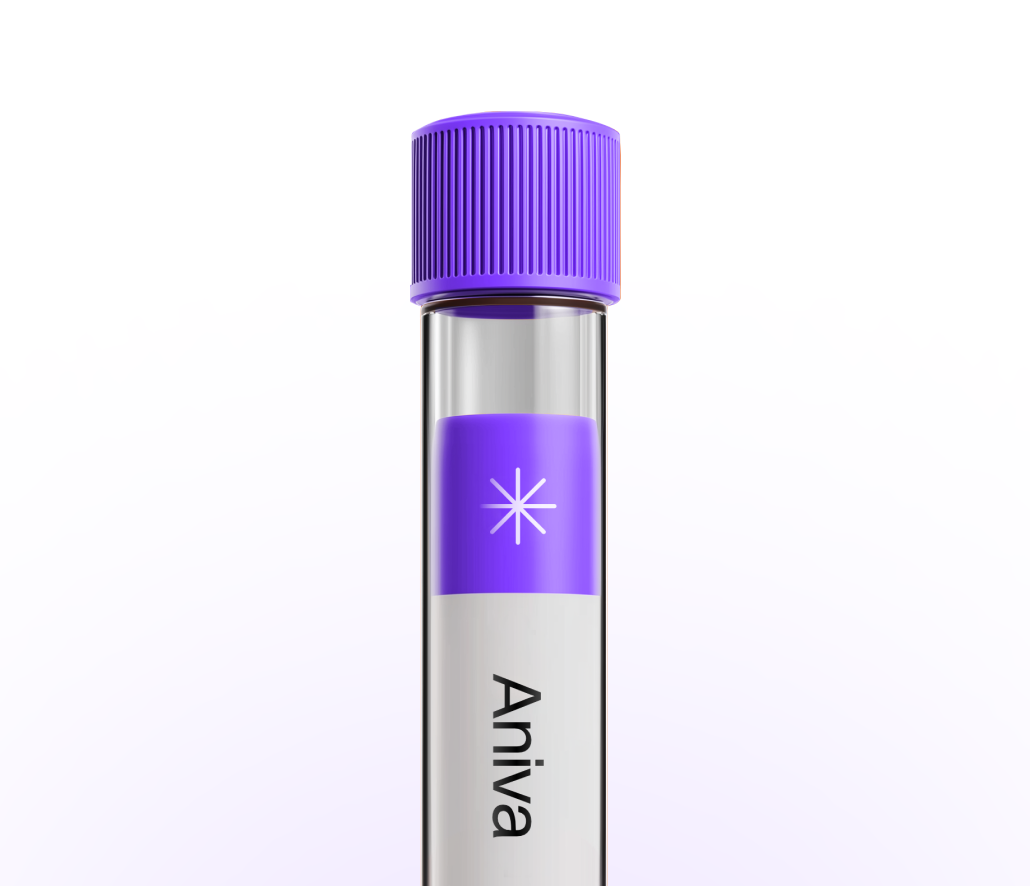
Less than 5 minutes waiting time. One
simple test at one of our 20+ locations.
Get your lab reports within one week.
Accessible on our app and per PDF.
All your health records stored
in a single, convenient place.

Clinicians use HOMA-IR to get a quick view of insulin resistance, especially in people with prediabetes, PCOS, fatty liver, or metabolic syndrome. It can guide lifestyle focus and whether to check related markers like lipids or liver enzymes. It is not used to diagnose diabetes, but it helps track change over time. You can test this marker with Aniva across Germany and Finland.
Clinicians use HOMA-IR to get a quick view of insulin resistance, especially in people with prediabetes, PCOS, fatty liver, or metabolic syndrome. It can guide lifestyle focus and whether to check related markers like lipids or liver enzymes. It is not used to diagnose diabetes, but it helps track change over time. You can test this marker with Aniva across Germany and Finland.
High: Points to greater insulin resistance, which can occur with higher waist size, weight gain, or fatty liver. Consider more movement, fiber-rich foods, good sleep, and reviewing medicines that may affect glucose.
Low: Suggests better insulin sensitivity. In long-standing diabetes or low insulin production, values can be low even if glucose is high—interpret with other tests. This index is not guideline-endorsed; no standardized cutoffs. Track trends alongside glucose, HbA1c, and weight.
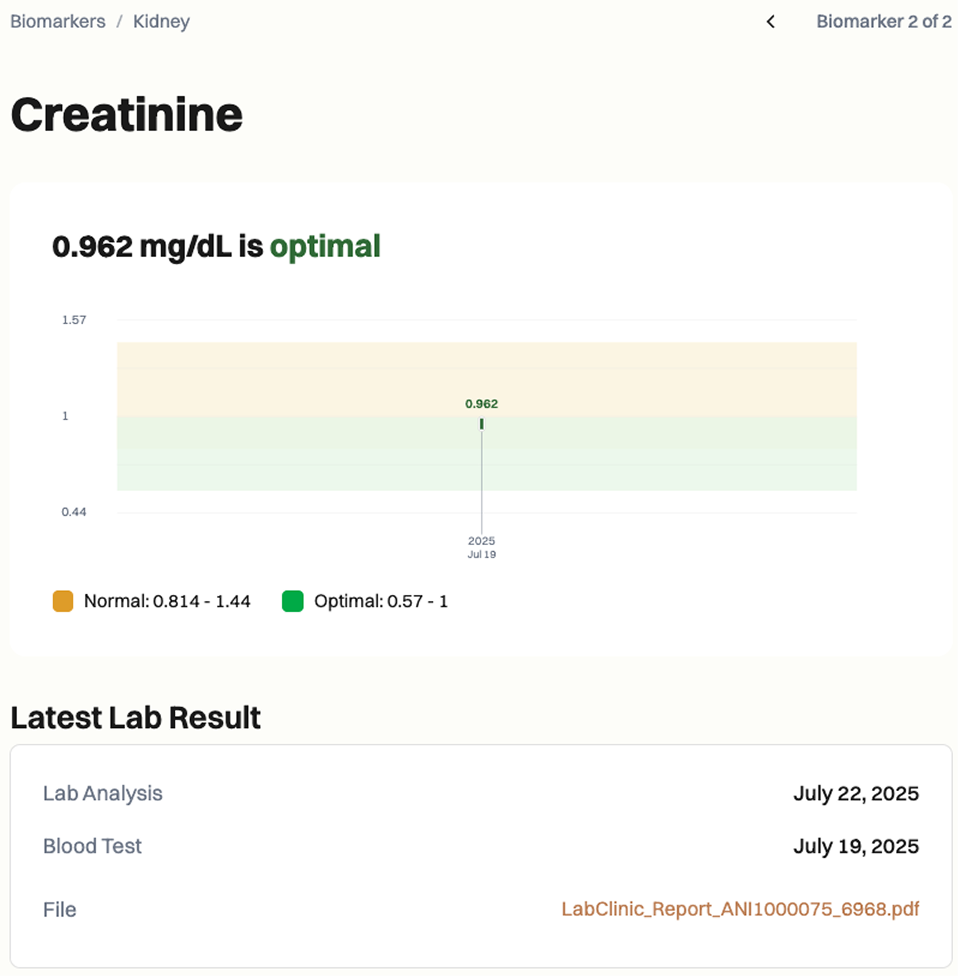
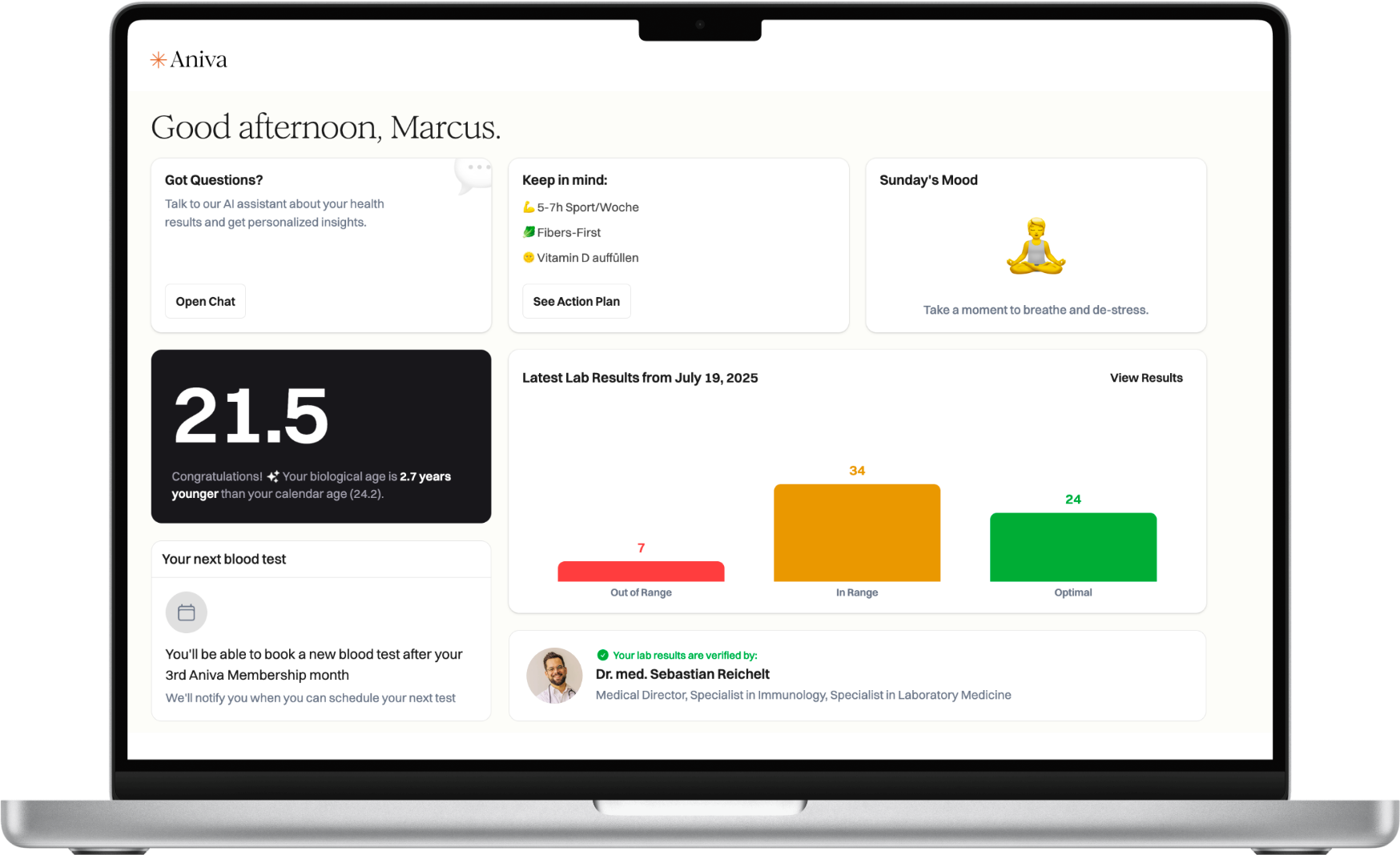
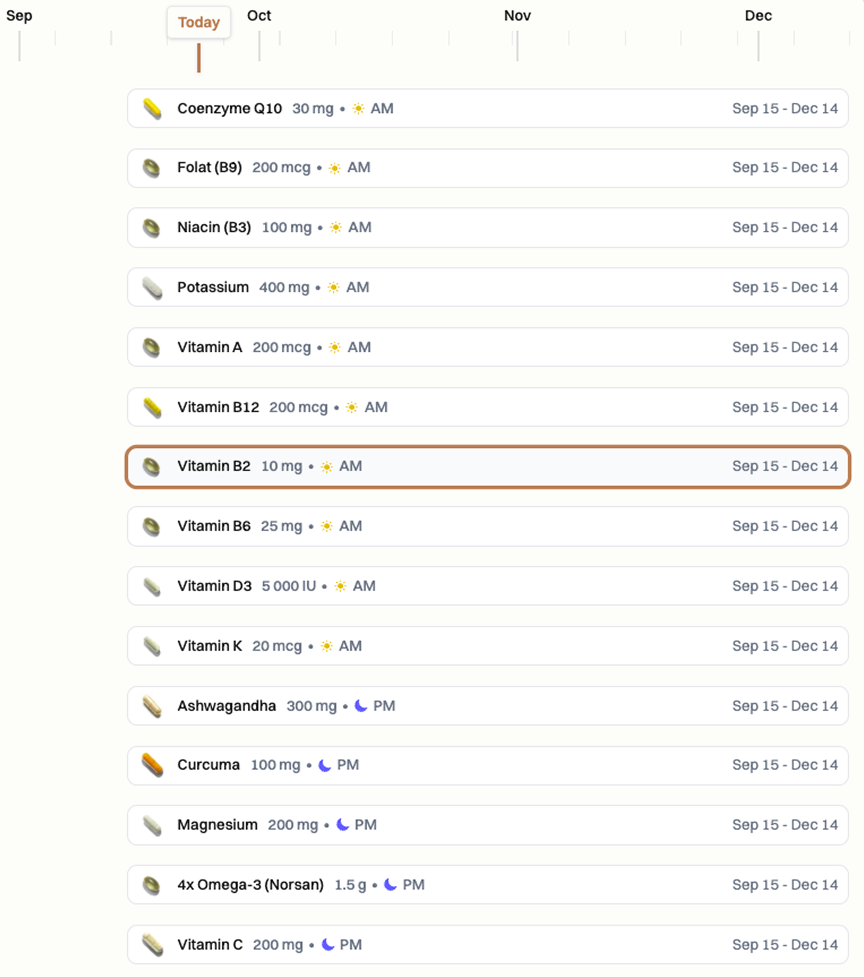
Common factors that can skew results include eating or drinking (other than water) before the test, strenuous exercise right before sampling, poor sleep, stress, smoking, recent alcohol, acute illness, and dehydration. Several medicines can affect glucose or insulin, such as steroids, thiazide diuretics, beta-blockers, some contraceptives, and antipsychotics. High-dose biotin and certain supplements may interfere with insulin immunoassays; tell the lab what you take. Pregnancy, adolescence, and menopause naturally change insulin sensitivity.
Special situations include pregnancy, severe illness, or recent medication changes—confirm timing or repeat the test for a clearer picture.
What does a HOMA-IR result mean? It estimates how resistant your body is to insulin at rest. Higher scores suggest more resistance; lower scores suggest better sensitivity.
Do I need to fast for this test? Yes. HOMA-IR uses fasting glucose and fasting insulin, so avoid food and drinks except water for 8–12 hours.
What can affect my result? Meals, hard exercise, poor sleep, stress, alcohol, illness, and some medicines can shift glucose and insulin. Biotin and certain supplements may affect insulin assays.
How often should I check it? Many people recheck every 3–6 months when making lifestyle changes. Your clinician may suggest a different schedule based on your goals.
How long do results take? Most labs report within 1–3 business days after the blood draw.
What should I discuss with my clinician? Review your results alongside glucose, HbA1c, weight, waist size, and medications. Ask whether other tests or lifestyle steps could help.

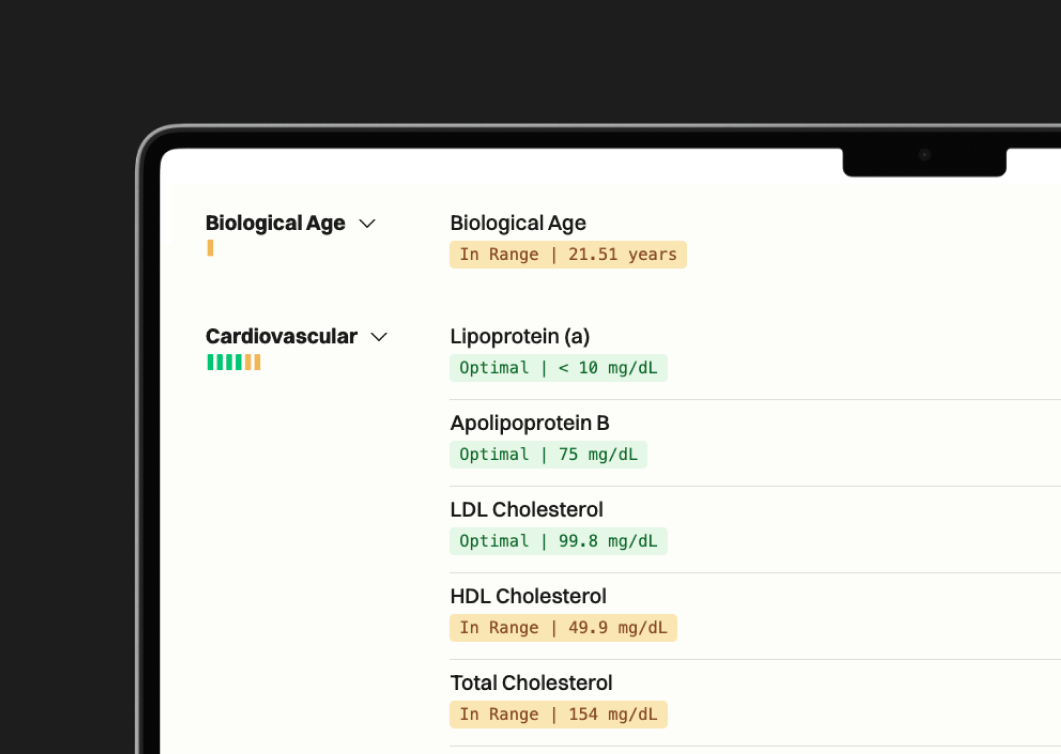

One annual blood test (100+ biomarkers)
Clinician-reviewed insights
Personalized action plan
Access to our AI Concierge
Access to curated products


63%
44%
70%